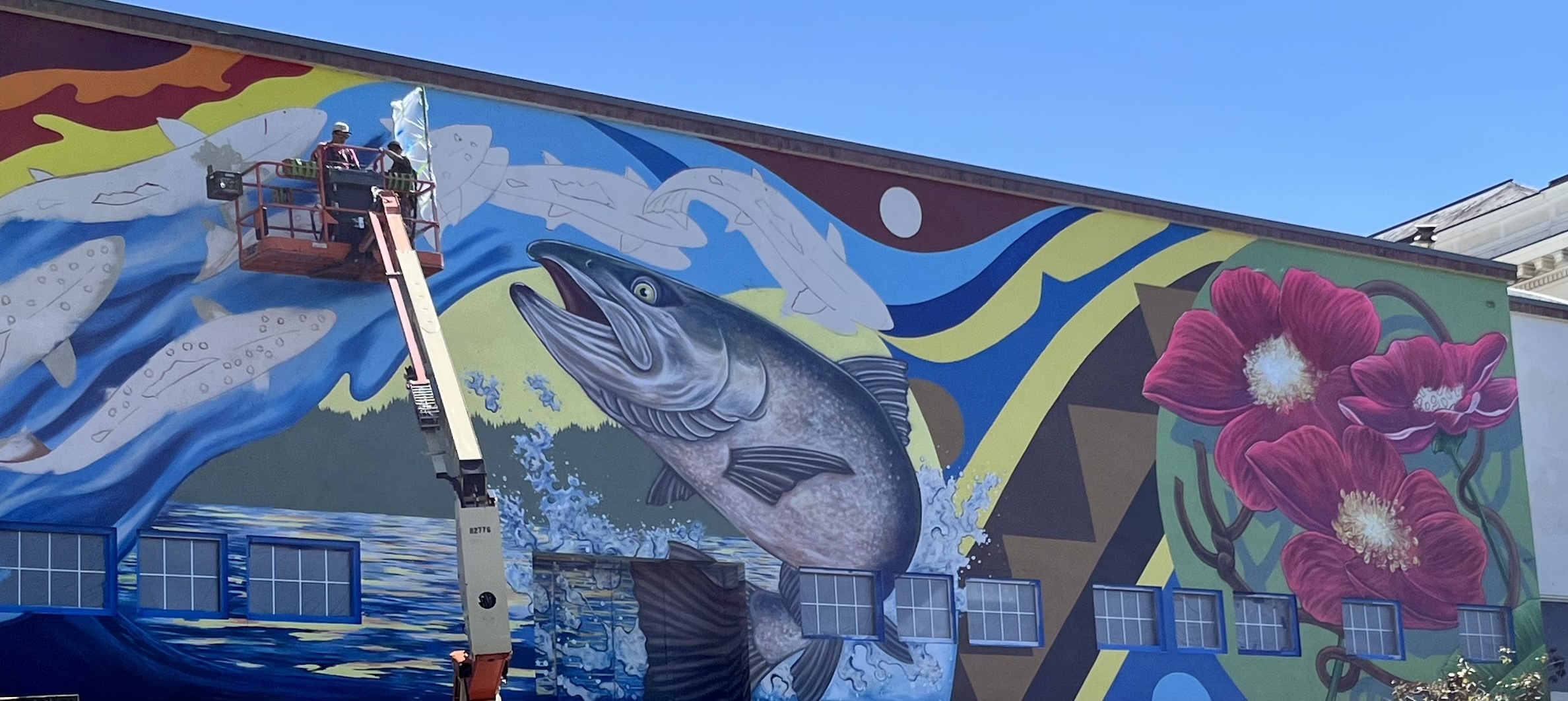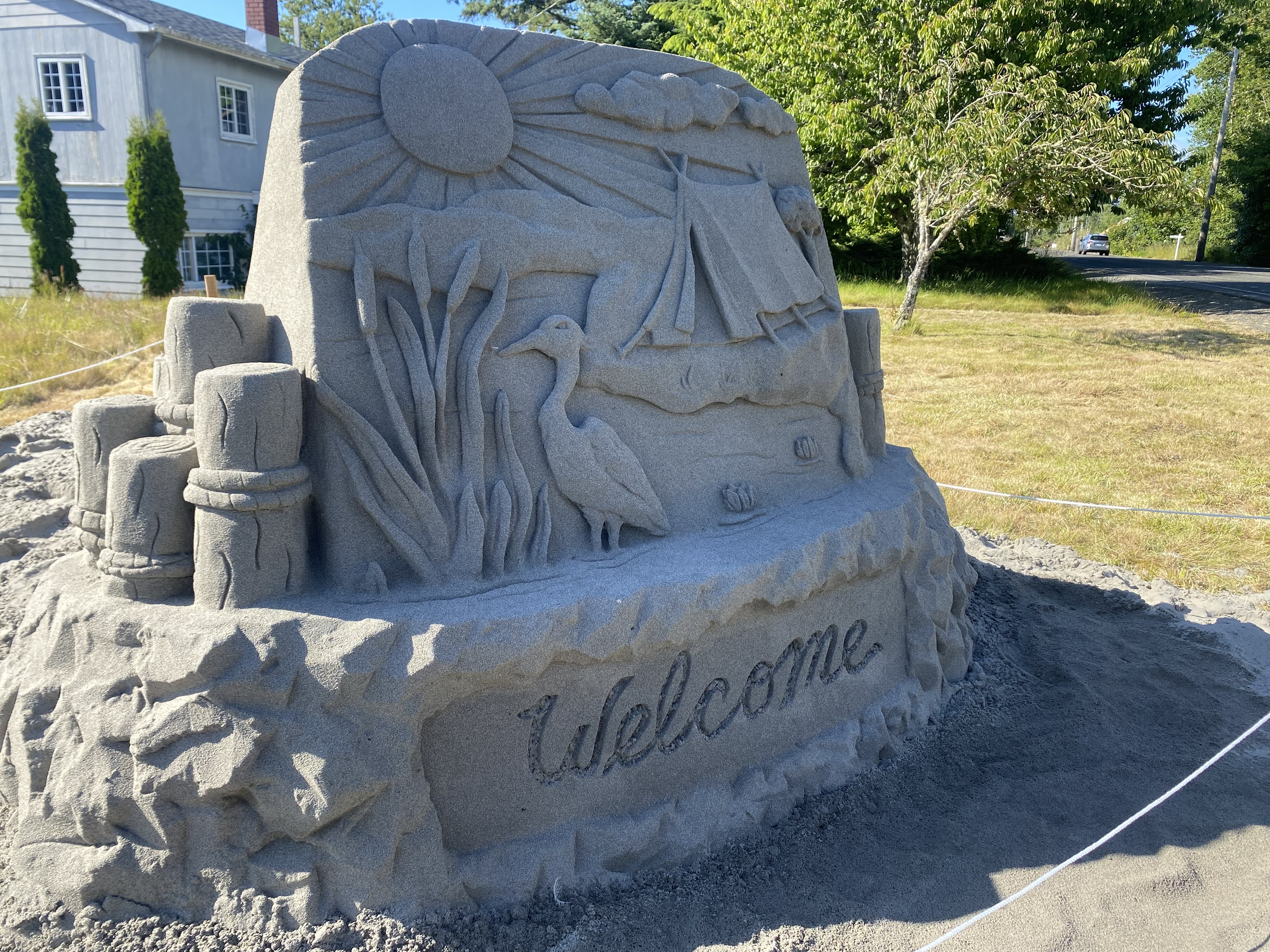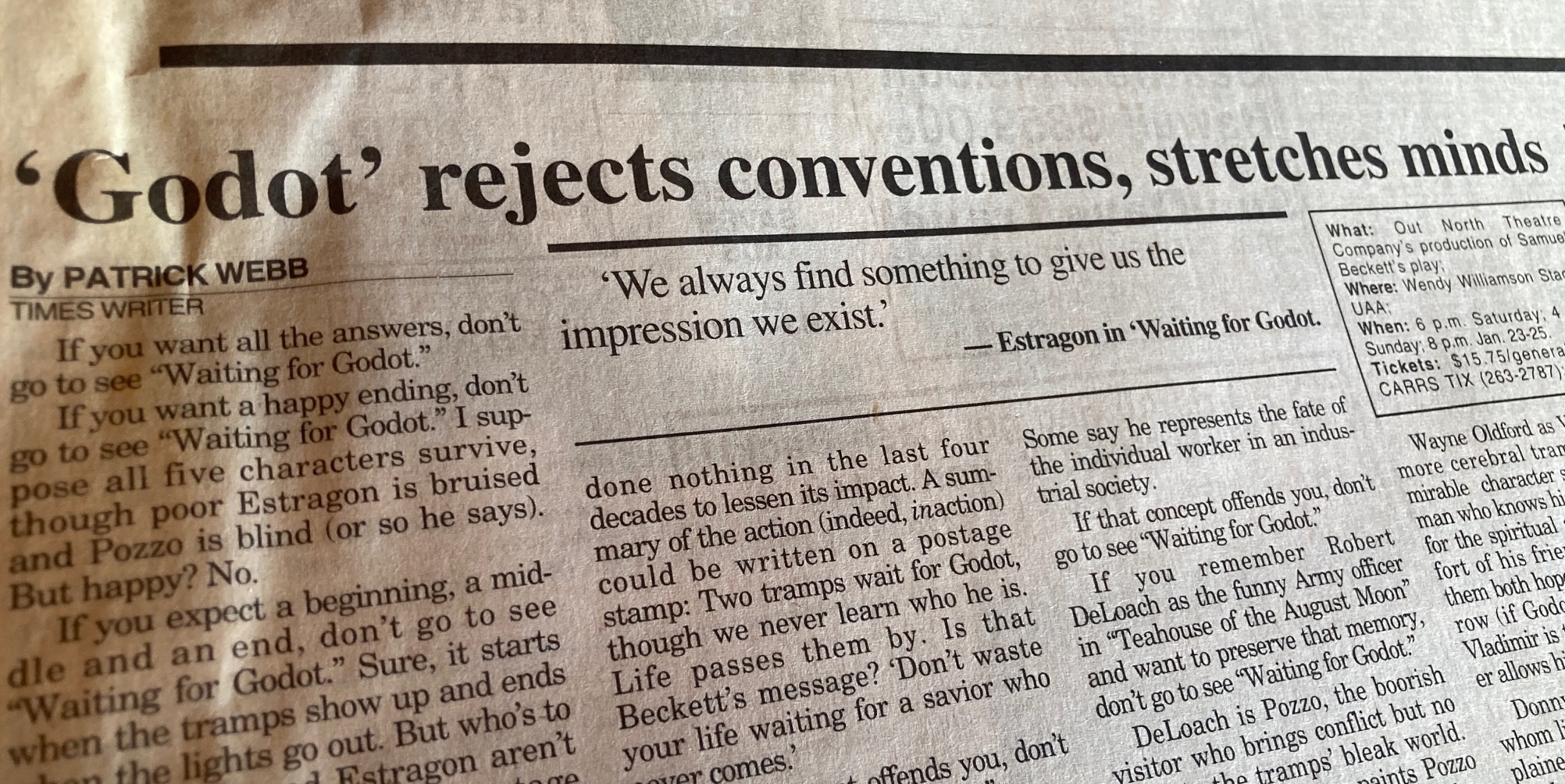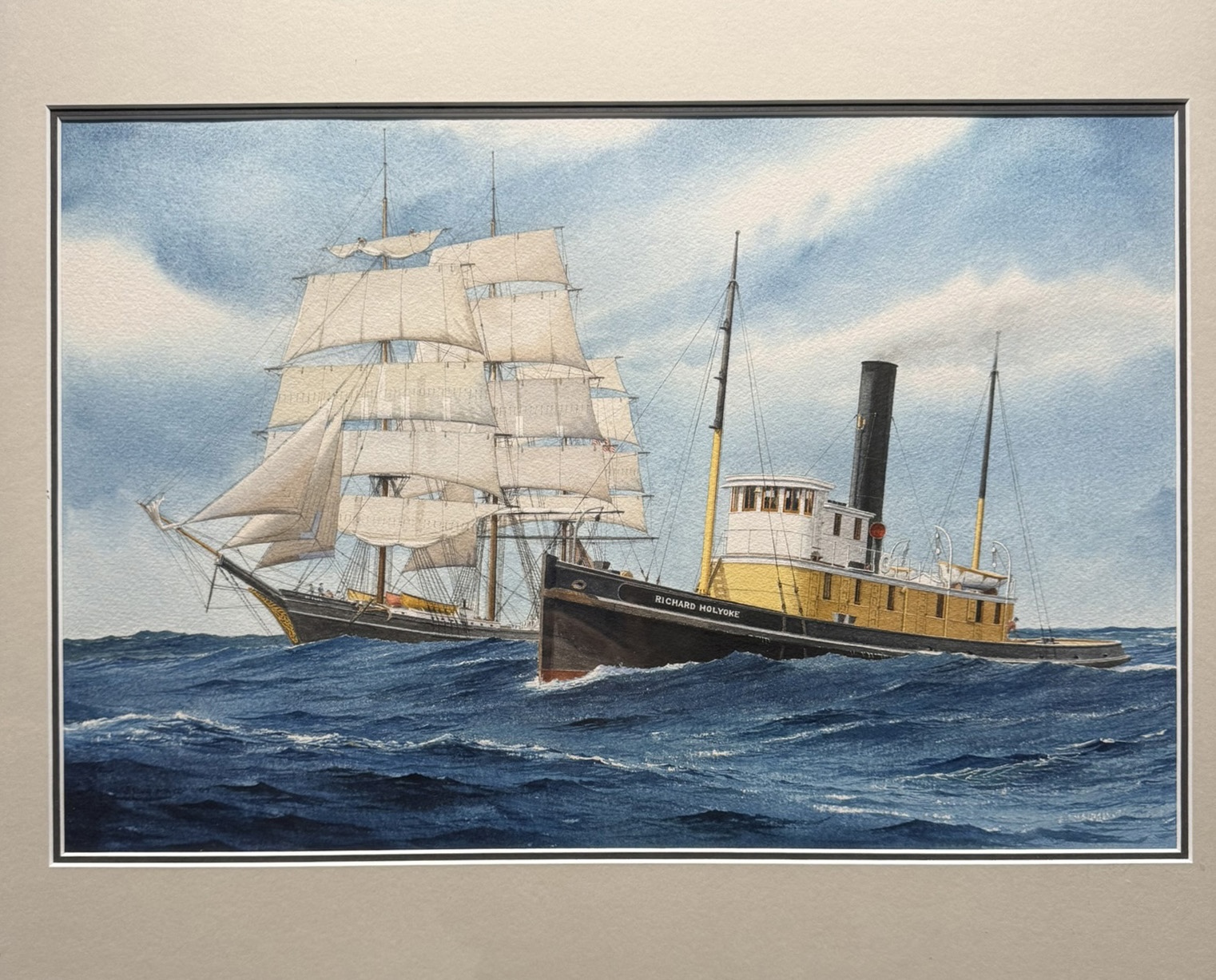‘I still feel like I’m very much exploring’
Published 9:00 am Wednesday, January 11, 2023
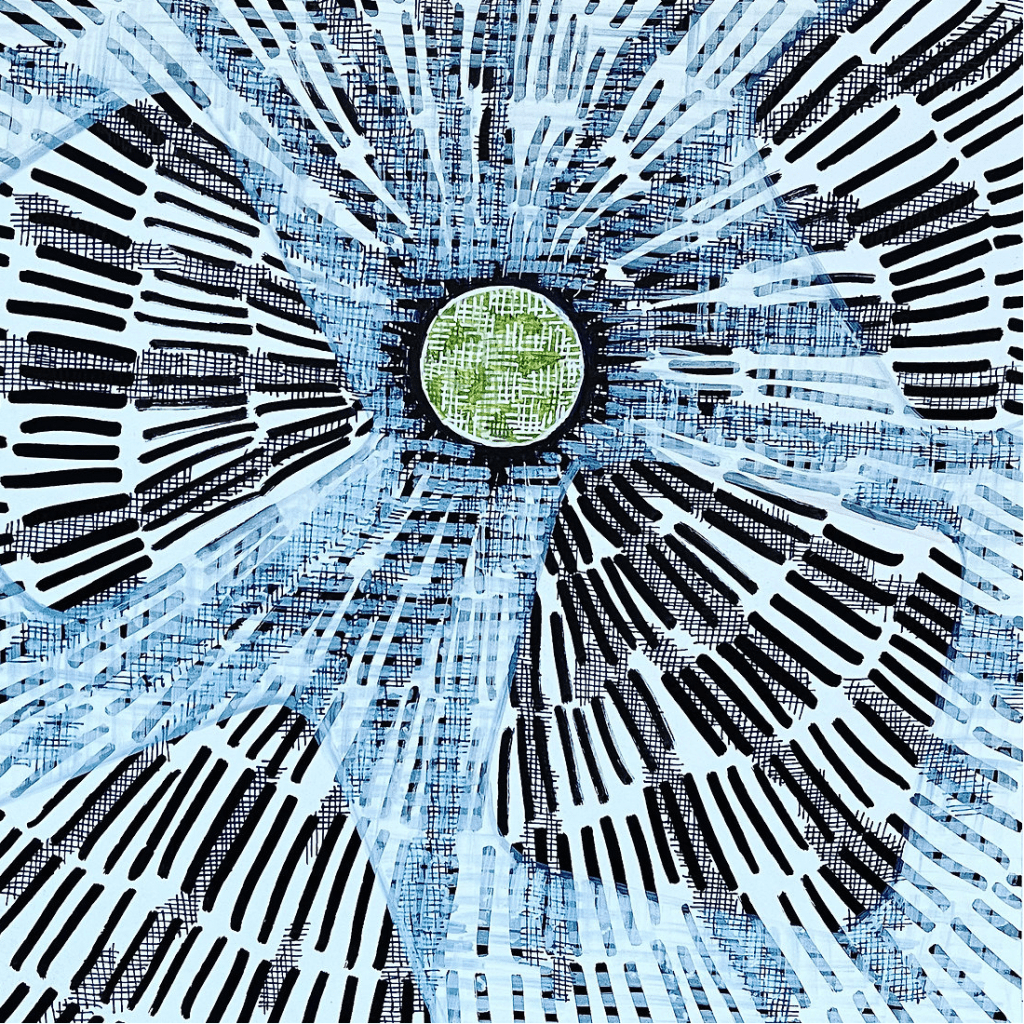
- 'Wintering Triptych' 3/3
As a recent college graduate, Astoria resident Anna Kaufman is in the process of exploring different styles, mediums, techniques and themes while defining herself as an artist.
Trending
Her six-month stint as Astoria Visual Arts’ newest resident artist gives her a chance to continue that journey.
“Right now, I do feel very much like I’m growing and evolving,” she said.
Kaufman was selected as the artist in residence during Astoria Visual Arts’ eighth year of the program. Through the end of June, she’ll have access to studio space in the Astoria Studio Collective, as well as reduced costs for supplies from Fine Art Supply in Astoria.
Trending
Although she’s long-held interest in pursuing art as a vocation, she’s still determining what that will look like.
“I thought a residency would be helpful for me, especially in this time before I’m diving into some sort of internship or job,” Kaufman said, adding she’s also interested in creating works on a larger scale — something now possible by having studio space.
The a-i-r, or artist-in-residence program, is designed to encourage the creative, intellectual and professional growth of local artists. The program is supported by the members of Astoria Visual Arts as well as Astoria Coffee House & Bistro and Fine Art Supply.
A familial bond to art
Kaufman became an artist at a young age, inspired and motivated by her grandparents and parents, all of whom are creatives. As a child, her mother —an oil painter — would let her draw pictures on the back on her canvases.
Kaufman also remembers going out to restaurants with her family, and they would pass around a sketchbook to one another. Each person would add a few lines, “until we created this whole drawing,” she said.
In her high school environmental studies class, she started to feel there was an important intersection between environmental awareness and artistic expression.
“I thought combining art and science would make an interesting tool for raising awareness and creating a language for environmentalism,” Kaufman said. “It’s important to help people connect to an issue like climate change in a way that is emotional.”
Kaufman carried that interest further by majoring in environmental studies at Vassar College in upstate New York. While she was in college, her mother relocated from Los Angeles to Astoria.
Kaufman has grown to love the North Coast, and it’s inspired her to continue exploring the connection between science and art and to include ecological themes in her pieces. She also uses her artwork to examine ideas about sense of place, locality and the “idea of creating a home and rooting oneself in a home.”
Over the years, Kaufman’s developed a deeper awareness of local environmental issues, such as clearcutting and the impacts of climate change on coastal ecosystems.
For her thesis, she focused on different perspectives and ramifications of logging — motivated by an experience where she returned to a trail she often visited with her mother after a few months away, only to find the surrounding forest gone.
“There was something so startling about that,” Kaufman said. “It really transformed the environment, and I realized a lot of the connections I had made here and the feeling of home I established were based in those forests. And just seeing them devastated really inspired that project.”
‘In the moment’
Although she’s found some affinities for particular topics, Kaufman is also deliberate about keeping herself open as an artist. The same goes for artistic mediums.
She enjoys cross-hatching for its rhythmic, meditative quality, but she experiments with different types of pens, markers and paints, often mixing various materials and techniques in a single piece.
“I don’t like to limit myself to one medium,” she said. “I still feel like I’m very much exploring.”
Not only does she give herself the space to grow, but she offers the same opportunity to her artwork. She will occasionally return to pieces she created years ago, to look at them with new eyes and perspectives. For example, there’s a painting of her great-grandmother’s wheelchair that she finished, but never felt quite satisfied with.
“Coming back to it, I think, ‘This is kind of a nice painting,’” she said, adding she’s excited to apply new ideas and techniques to develop it further. She enjoys seeing how a piece of art, although inanimate, can evolve.
In general, art is a way for Kaufman to process her thoughts and experiences, but it goes beyond that. “It really does feel, for me, like a type of language, a type of expression and a way to communicate with people,” she said.
There is a movement to the practice that feels both primal and playful to her. “I love the physicality of it. I love that it can be a dance,” she said. “My artwork is kind of a place for me to be in the moment.”


